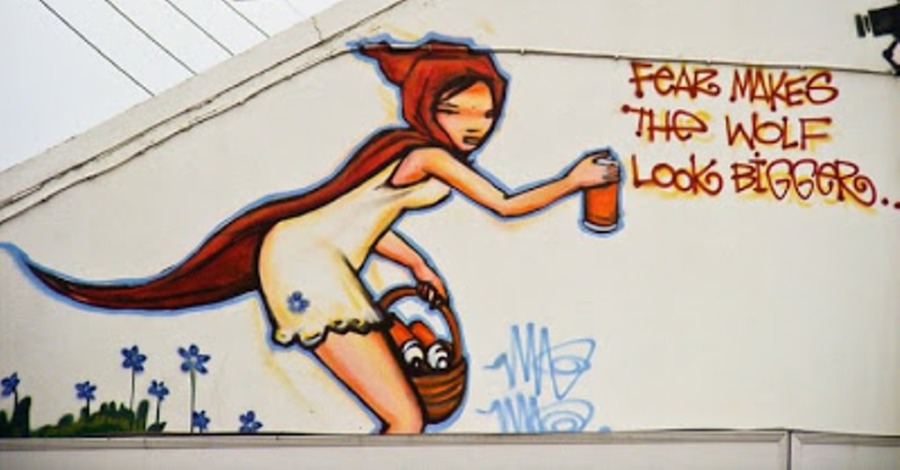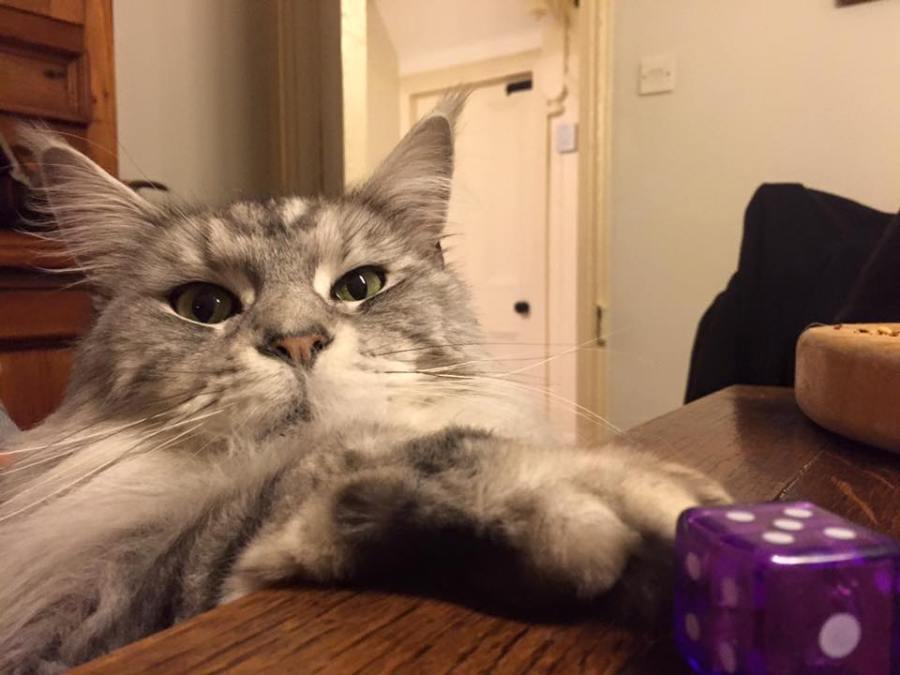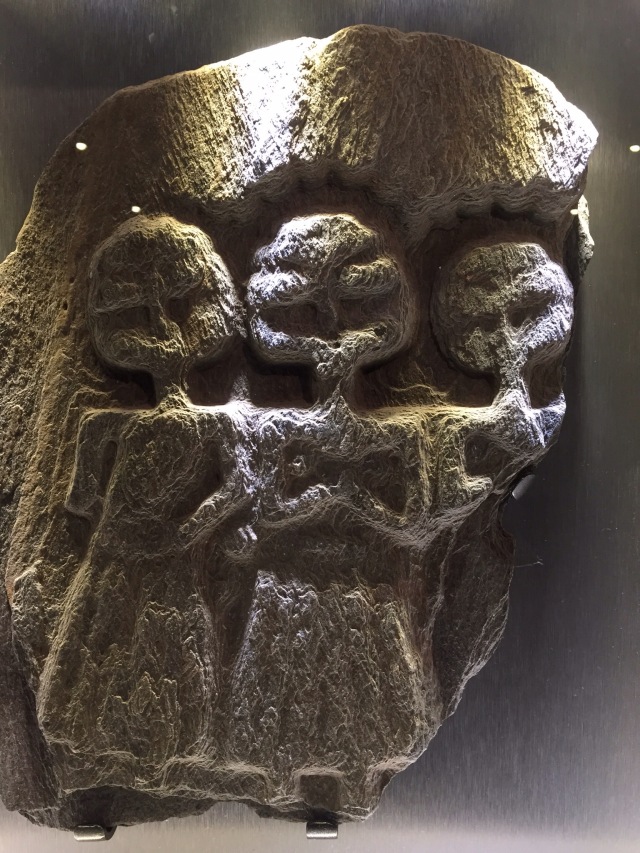I’ve loved roleplaying games since I was about 10. I blame my cousin. He turned up one day with something called “Dungeons and Dragons”. Maps. Weird dice. Goblins. Elves. That was it. I was hooked.
I gamed my way through school and university, moving on from AD&D 1st ed, 2nd ed and on to other classics like Call of Cthulu, Cyberpunk, Warhammer and the like. I’ve bought and sold dozens of gaming books, but I still have the old trusty AD&D books on my shelf, more for the memories than anything else. I’ve played and run games in all sorts of genres with all sorts of rules and rolled every conceivable shape of dice.

But then things changed.
I discovered live action roleplaying, and I discovered storytelling. And I read an article called Gamesmanship in White Dwarf magazine all about putting the mystery back into AD&D. It set my gaming on a different path. A path where story trumped rules and led me to use lighter and lighter weight game systems until I ditched the system all together.
So for about 10 years I’ve been running an entirely systemless, diceless horror game which I’ve loved. It’s still going, but has had a bit of a hiatus as real life and other interests have overcome our little group. It’s the reason for this blog’s name, as we always met on Thursday nights. But recently we’ve started up again with someone else in the GM’s seat for a while.
And we are back playing D&D.
No longer AD&D. Now streamlined into 5th ed and I’m really impressed with the game.
I’m also really surprised how much I’m enjoying using all the mechanics of the game. Back to the funny shaped dice, maps, miniatures and the whole nine yards. It’s fun. It’s challenging me to think differently about how I’ve run games for a couple of decades now.
I still don’t think that the rules are more important than the story. They can, and do, get in the way and can, and should be ignored in favour of story, drama and entertainment. But the element of chance that doesn’t exist in a purely diceless game is exciting. For a long while I’d considered story driven and rules driven gaming to be polar opposites. Incompatible. Like cats and dogs.

I’m rethinking that stance.
But this is primarily a blog about writing, not gaming. Other than an excuse to publish a couple of cute gaming animal pics, is there a moral to this little story? Well, yes. And one I will apply to how I game, but also how I write. I, like most people alive, am guilty of finding winning formulas and sticking to them. Gaming. Writing. Cooking. Hitting the gym. My professional life. You name it. Everyone does it. You find your groove and you stick to it. It’s called a “winning strategy”. Management coach Tracy Goss defines it as:
“A Winning Strategy is a lifelong, unconscious formula for achieving success. You did not design this Winning Strategy, it designed you. As a human being and a leader, it is the source of your success and at the same time the source of your limitations. It defines your reality, your way of being, and your way of thinking. This, in turn focuses your attention and shapes your actions, thereby determining what’s possible and not possible for you as a leader.”
It holds you back.
If you only ever do what you’ve only ever done, you’ll only ever get what you’ve always got.
Goss’ The Last Word in Power, and “The Art of Possibility” by Rosamund and Ben Zander, are fascinating reads for anyone looking at challenging themselves to do something new.
So don’t be stuck being just a cat or just a dog. Try something different once in a while…
52.972350
-1.137965








